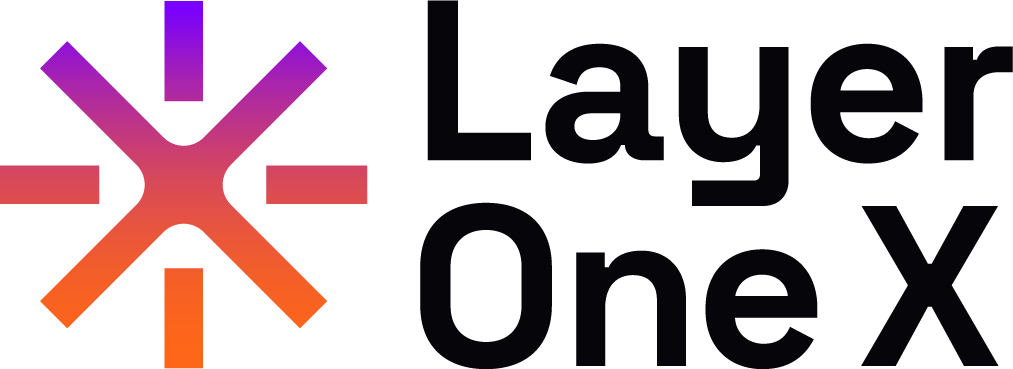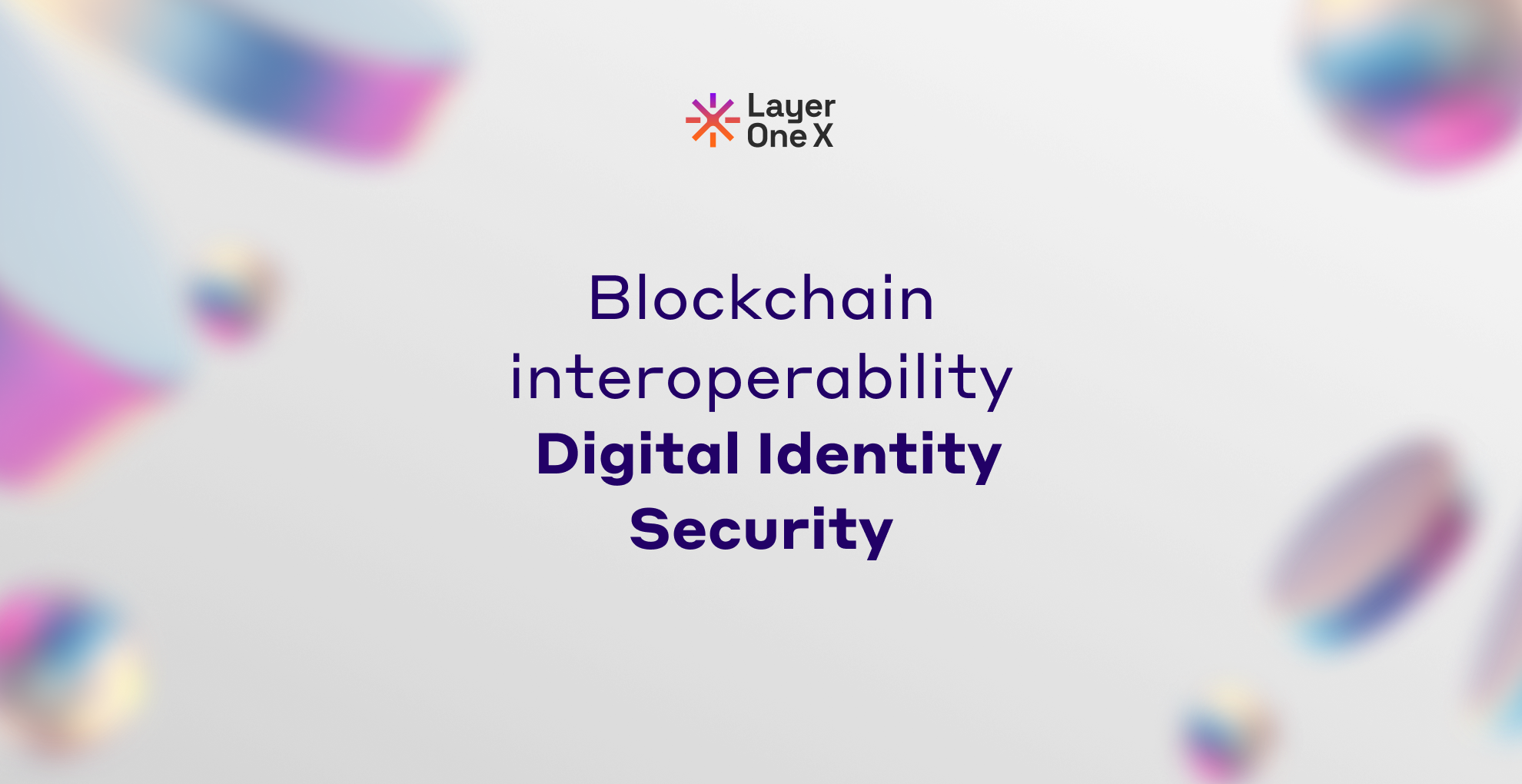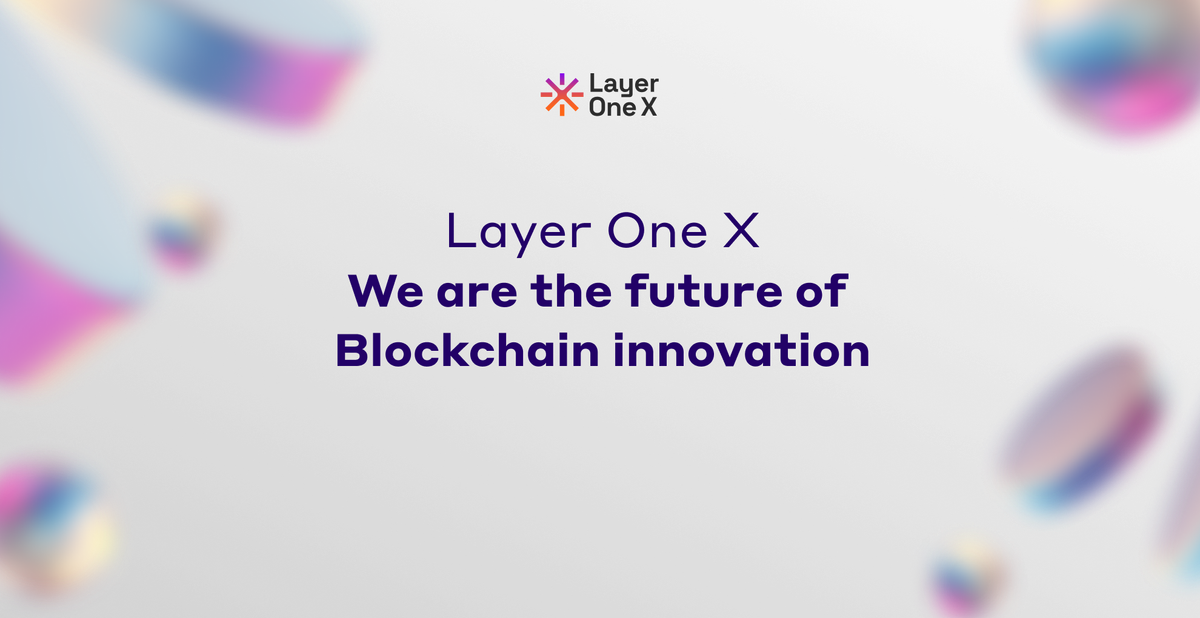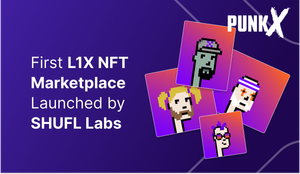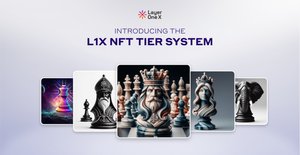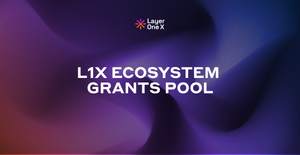What are the limitations of your blockchain project? For example, would you like your project to be cross-chain compatible?
Decentralized Interoperability is the future of blockchain innovation. The Layer One X technology allows different blockchains to communicate and interact without needing a centralized intermediary. For example, developers who develop on the L1X platform can transfer information through assets, smart contract logic, and data between EVM and Non-EVM blockchains without relying on third parties, such as bridges. Likewise, L1X can reduce the risk of hacks and exploits for a project caused by blockchain bridges. Layer One X’s decentralized interoperability technology will revolutionize and simplify multichain process management.
In this article, we'll break down Decentralized Interoperability, its potential, and why developers should start using it today.

What Is Decentralized Interoperability?
Today, building Web3 services on the blockchain represents a massive opportunity for various industries, dApps, and organizations. Yet a significant issue remains. Many projects struggle with building on just one blockchain.
These restrictions often lead to projects and developers searching for solutions. For example, blockchain bridges are a common way for projects to connect and transfer data between different blockchain networks. However, this solution usually raises significant security and fee-related questions. Not to mention an increase in unnecessary exposure to the risk of hacks and exploits for projects wishing to scale cross-chain. In August of 2022, it was reported that $2.1 billion was lost due to hacks and exploits on bridges. As a result, Layer One X has developed a new blockchain technology and innovation to address this growing problem.
Decentralized interoperability is a technology developed by Layer One X. It allows different EVM and Non-EVM blockchains to communicate and interact without needing a centralized intermediary. It is a truly decentralized solution for securely transferring information. L1X has its own Virtual Machine that allows projects and developers to build on it and is also EVM compatible. The L1X VM and EVM have a single consensus mechanism rather than two different what we see from Near and Aurora for instance.
What is the Difference Between Layer One X’s Decentralized Interoperability Technology and a Blockchain Bridge?
First, it is essential to understand that Layer One X is NOT a blockchain bridge or an alternative layer-2 project. We are a layer-1 blockchain. Other examples of layer-1 blockchains are:
- Ethereum
- Binance
- Solana
- Avalanche
- Cardano
- Polkadot
- Algorand
- Cosmos
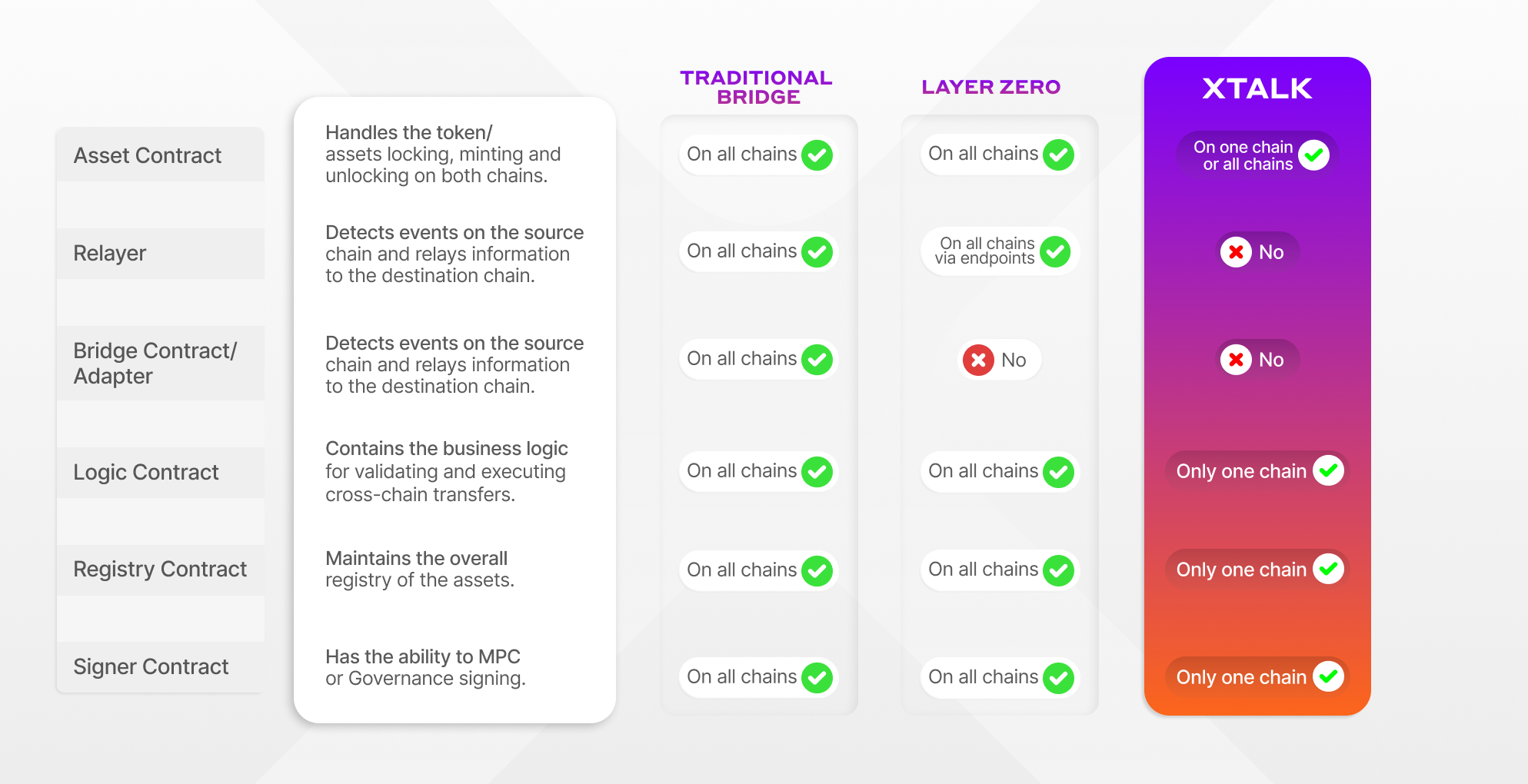
What’s the main difference between a layer-1 blockchains and layer-2 projects? A layer-1 blockchain, also known as a smart contract platform, is the base layer for a crypto ecosystem. For example, Ethereum is a layer 1 blockchain with layer 2 projects built on top of it, including NFT, DeFi, and web3 projects. In general, a layer-1 platform acts as a settlement layer. It attempts to provide decentralization, scalability, speed, and security.
Blockchain bridges are layer-2 projects. It is a project built on top of a layer-1 platform, which offers a type of interoperability solution to other layer-2 protocols. They are specifically designed to connect and transfer data between two blockchains. However, there is a significant problem with Bridges. For example, their whole interoperability process relies on their bridge being a centralized intermediary to facilitate the transfer. As a result, blockchain bridges are not truly decentralized, which opens the door to high risk for projects and investors.
Layer One X’s decentralized interoperability technology does not require a third party. It only requires a few extra lines of code to establish the direct transfer of data and assets between two or more blockchains simultaneously. The L1X technology makes us the only clear choice for a decentralized interoperability solution by removing the need for blockchain bridges.
Yes, Layer One X believes burning bridges is a good thing - LEARN WHY
Why Is Interoperability So Important?
Developers create apps and projects with a goal in mind- to make it fast, secure, and transparent. Using a single blockchain limits the technology options available. Don't settle for limitations. Developers should have an experience that lets them fully realize their dApp vision without compromise.
Developers often face challenges when expanding their projects to other blockchains. Have you ever heard of a crypto project experiencing issues such as data integrity, exploits or hacks while transacting between chains? This problem is prevalent and that is why Interoperability is critical today.
Interoperability between blockchain systems is crucial. It helps avoid fragmentation by fostering collaboration — ultimately leading to a sustainable digital future. Layer One X unites the potential of blockchain interoperability. Join other developers and projects to revolutionize future web3 experiences. Get access to a decentralized blockchain that provides Interoperability, scalability, speed, and security.
What Are the Key Advantages of Using L1X Decentralized Interoperability?

While Layer One X offers next-gen decentralized interoperability, this feature is not the single function of the protocol but rather one capability in a powerful suite of capabilities that are baked into the foundation of this layer one. Developers and Projects can build smart contracts or leverage existing ones that are scalable, secure, and offer low transactional costs.
Being a layer one (some other layer one examples are Ethereum, Binance Chain,
Solana) allows Layer One X to offer an engineering layer above the powerful
capabilities of the platform. For example, we are opening the door for developers to build DApps upon our L1X platform and leverage all of its capabilities, including decentralized Interoperability, right into the dApp itself.
The majority of the current alternative interoperability solutions are centralized bridges without any ability for DApps to be built on them. Even if their bridges provided an engineering layer to be built on, the risk involved with the centralized entity would not be an attractive proposition for dApps to build on them anyway.
To learn more about the future of blockchain interoperability technology, –> click here
Stay updated on Discord and Social Media, and do not miss the latest news!
